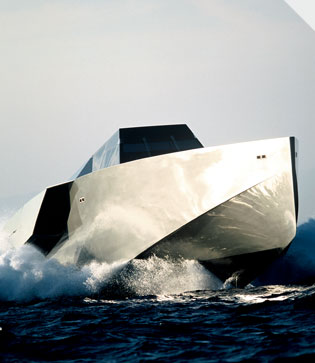
To boost thrust and compensate for a slower engine speed, Hill mounted a larger, 14-inch propeller on the plane.
2. ENGINE
The Spirit of Butts Farm is powered by a vintage four-stroke O.S. 61 engine. Hill determined that tuning the engine to a relatively pokey 3,900 rpm could more than quadruple the aircraft's range on the same-size tank of gas.
3. AUTOPILOT
Two microchips crunch data from a GPS receiver, an altitude sensor, a tachometer and a piezoelectric rate gyro, which monitors angular velocity to determine whether the aircraft is flying level.
4. FUSELAGE
Hill eliminated landing gear and made the plane's cross-section as small as possible to reduce drag.
5. FUEL
Since 1981, Hill has used Coleman lantern fuel to set many of his 23 world records for distance. The fuel burns hotter and generates less engine-clogging carbon. To prevent the engine from melting during flight, Hill mixed in an industrial lubricant. Illustration by John MacNeill







